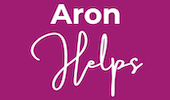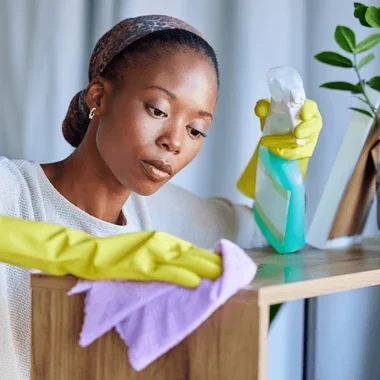While regular handwashing is a powerful defense against illness, germs can still hide in plain sight on shopping cart handles, doorknobs, phones, and remote controls. That’s where disinfectants come in.
Why Use Disinfectants?
- Go beyond cleaning: Regular cleaners remove dirt and some germs. Disinfectants kill a wide range of harmful microbes.
- Invisible threats: Surfaces can be contaminated even when they look clean.
- Germ lifespan: Some bacteria and viruses can live on surfaces for hours or even days.
How to Disinfect Properly
- Read the label: Always follow directions for safe and effective use.
- Pre-clean first: Wipe away dirt or grime before applying disinfectant.
- Apply and wait: Surfaces must stay wet for the full “contact time” listed on the product.
- Rinse if needed: For surfaces like kitchen counters or toys, rinse with water after disinfecting.
- Target high-touch areas: Focus on doorknobs, switches, remotes, and shared items especially if someone is sick.
- Dispose of wipes correctly: Throw disinfecting wipes in the trash. Don’t flush them.
Choosing the Right Disinfectant
Look for these features on the product label:
“Disinfectant” label: Indicates the product meets official standards.
EPA Registration Number: Confirms the product is government-approved for effectiveness.
Common Types of Disinfectants:
Chlorine bleach: Effective when used as directed.
Disinfectant cleaners: Clean and disinfect in one step.
Standalone disinfectants: Require pre-cleaning for best results.
Typical Active Ingredients:
Sodium hypochlorite (bleach)
Ethanol (alcohol)
Hydrogen peroxide
Pine oil
Citric acid
Quaternary ammonium compounds (quats)
Always follow label instructions for the best protection and safety.








